Leading Lines
Leading lines are an ever present part of car photography. A particularly abundant type of leading line manifests itself in that roads, which can be used to connect the foreground to the background of a scene. Additionally, they help to create depth and dimensionality which draws the viewer into the image. Relating back to motoring more, leading lines can be used to dramatise the motion and direction of a car.
Shape and Form
Cars are designed by huge teams over the period of months and often years, with painstaking attention to detail. Often different models are slowly developed and changed slowly following a central design ethos. As a photographer it is essential to have this in the back of your mind because at the end of the day you are there to capture this in the best, most elegant way possible. Working on close ups and particular details is a great way to isolate and enhance the shape and form of a car.

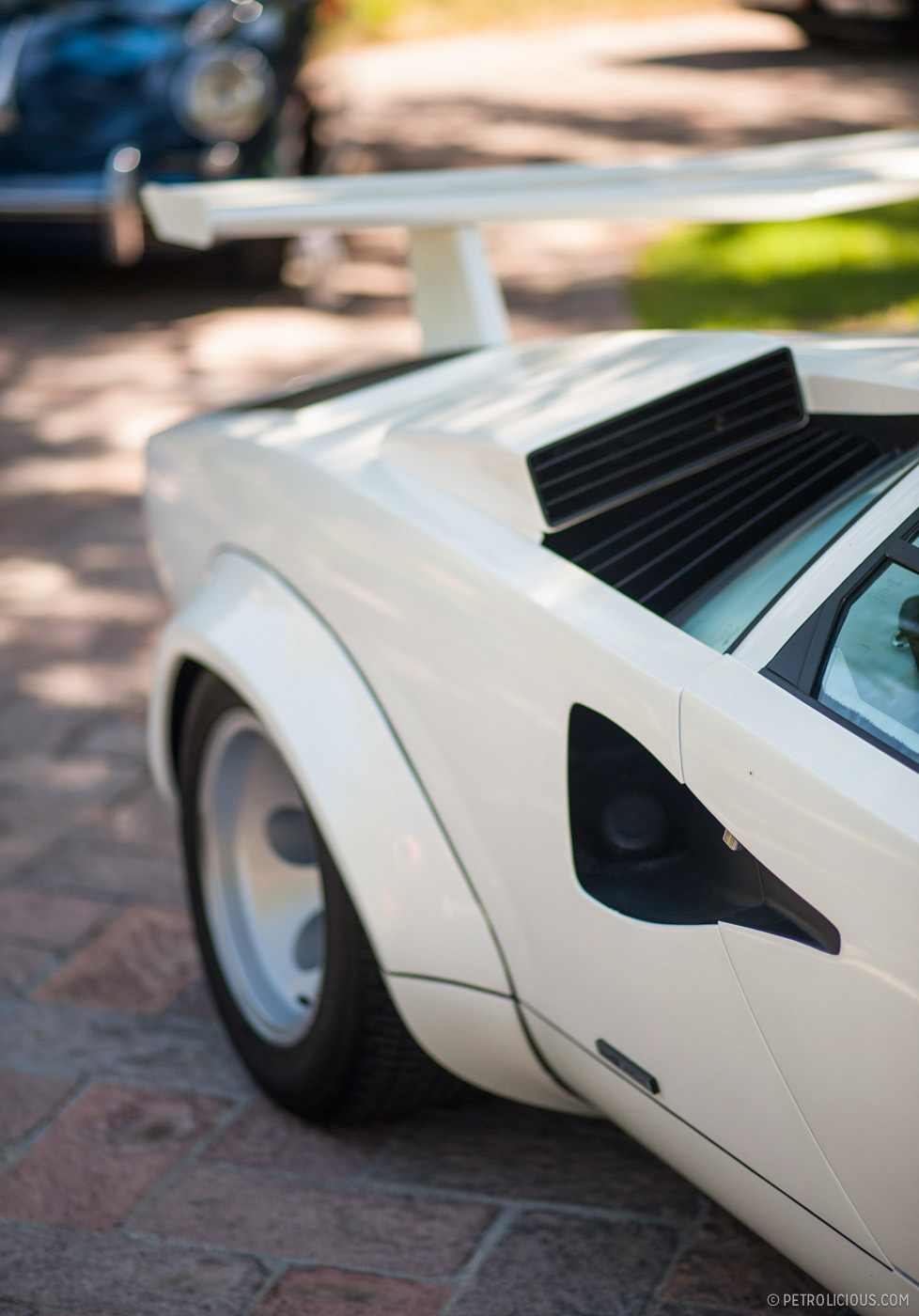
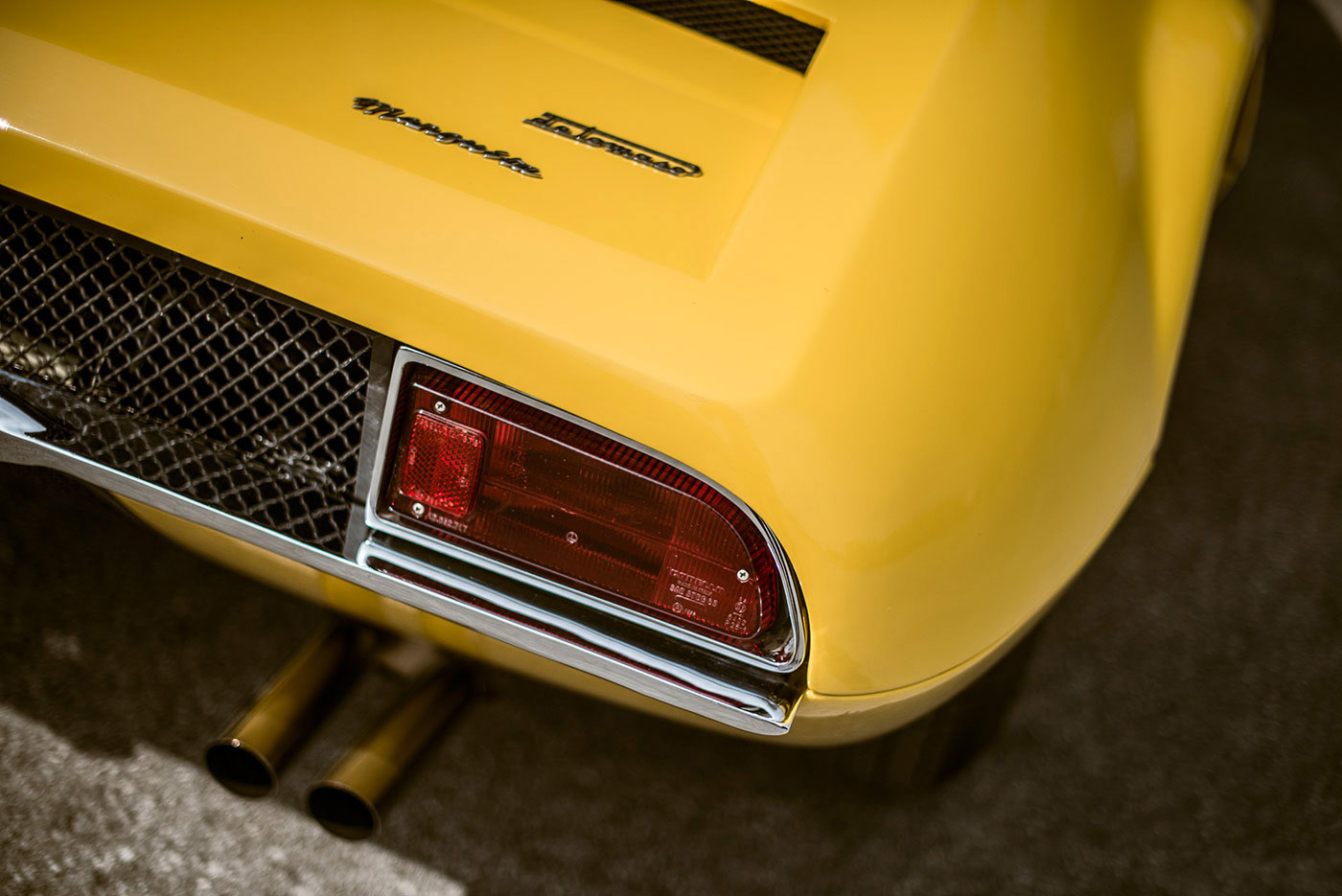
Composition
When taking any picture with some sort of creative objective it is important to carefully consider the composition of each image with relation to what your greater goal is. In the case of taking photos of cars on location it is imperative to take the time to walk around the location and subject so you can take in the variety of potential angles and work out what needs to be accentuated. In my opinion, a well composed image shouldn't have to rely on the subject entirely - the background should have its own definitive points.
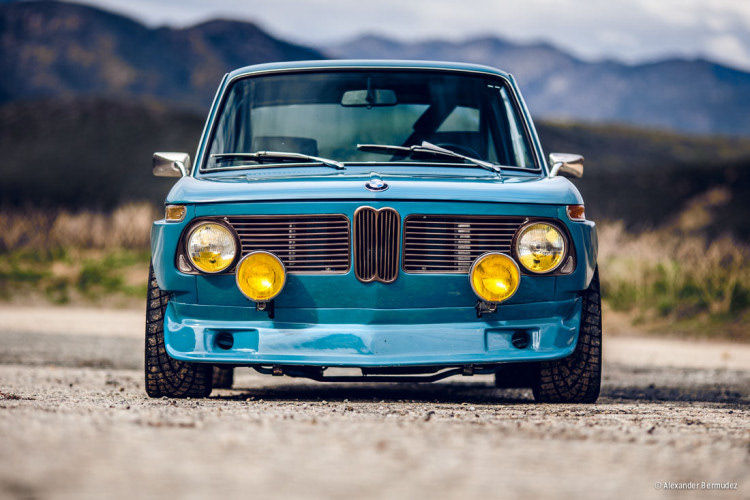
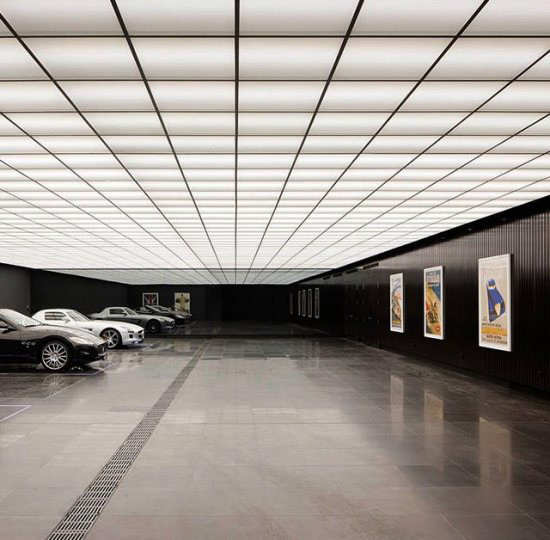

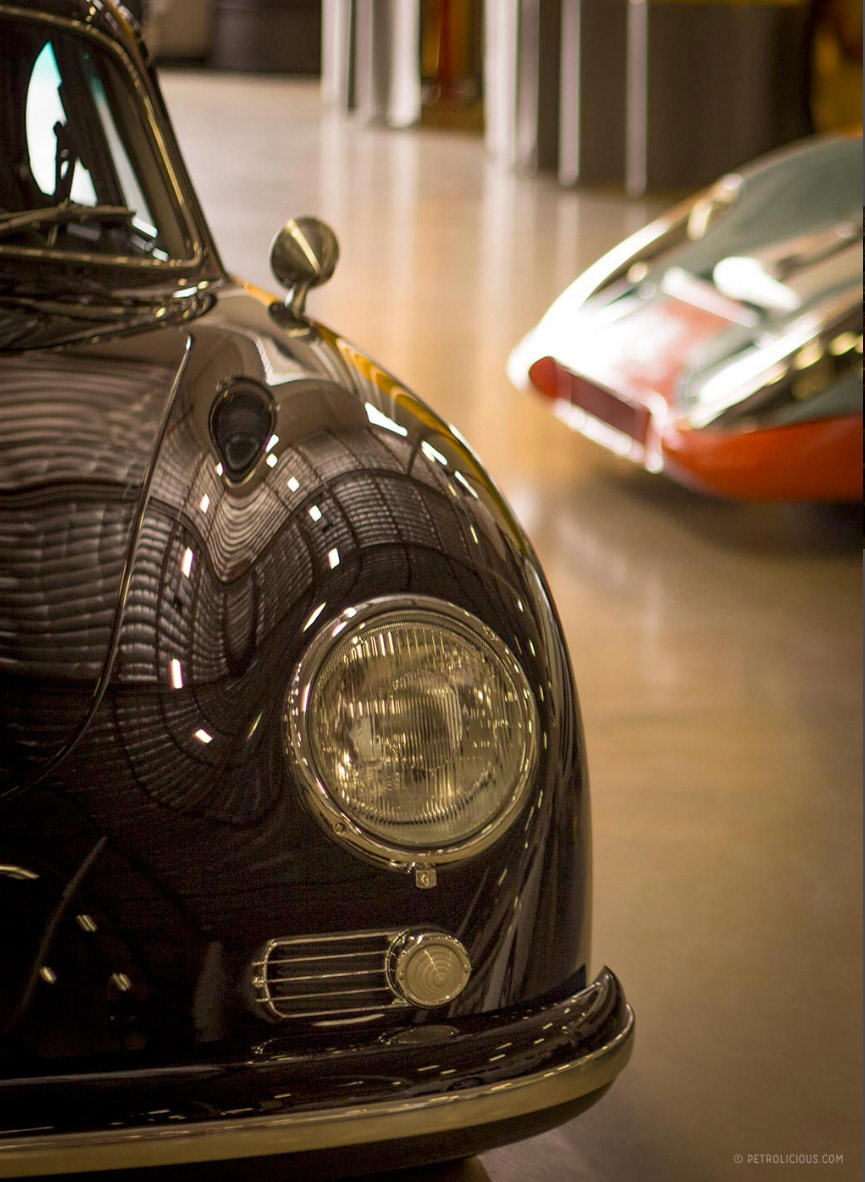
Location
Having a suitable location is an important part of being able to representing the subject of the shoot (car) in a way that highlights its general aesthetic and style. Having a SUV in a mountainous or off-road situation will highlight its utilitarian characteristics, whereas having some sort of hyper car photographed on a race track will accentuate its extreme performance.
Motion Blur
This is a good technique to emphasise the speed and movement of a car. An easy way to do this is for me to stand at the edge of the road and let the car drive past me. Then by following the car in one smooth motion with my lens and taking shots at a lower shutter speed I should be able to capture some of that dynamism.
Reflections
I must be careful with what is visible in the the reflections produced by the cars paint. To prevent distracting reflections that take away from the cars natural form, shape and elegance found in the design lines it will be best to have an open space behind me when in position to take a photograph. Most important is to not have my own reflection in the cars bodywork. If unavoidable I could place the camera on a tripod and use a timer to minimise this distraction. Polarising filters are a great way of reducing this also.
